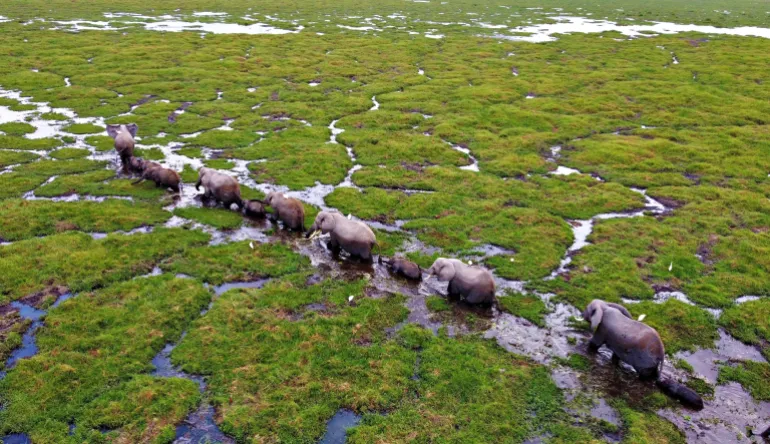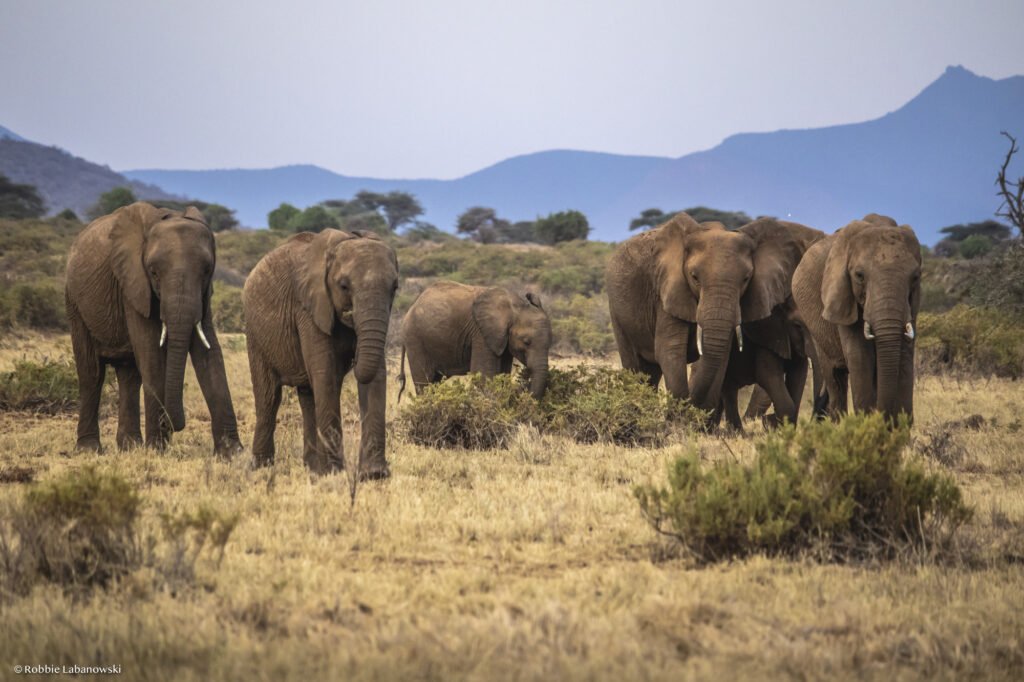The Wonders of Elephant Communication
Elephants are remarkable creatures, known for their intelligence, strong social bonds, and complex communication systems. Among the many intriguing aspects of elephant behavior, one question that has fascinated researchers and animal lovers alike is whether elephants call each other by name. This blog will delve into the science of elephant communication, examining the evidence behind this claim and exploring the broader context of their social interactions and vocalizations.
Understanding Elephants Vocalizations
Firstly, it’s important to understand the basics of how elephants communicate. Elephants use a variety of sounds to interact with each other, including trumpets, roars, rumbles, and more. These vocalizations serve different purposes, such as signaling alarm, expressing excitement, coordinating movements, and maintaining social bonds.
Types of Elephant Vocalizations
- Trumpets:
- Often associated with excitement, alarm, or aggression.
- Roars:
- Used in various contexts, including long-distance communication.
- Rumbles:
- Low-frequency sounds that can travel long distances, often used for coordination and bonding.
- Grunts and Growls:
- Shorter-range sounds used in more immediate interactions.
The Role of Infrasound
Elephants also produce infrasound, which is sound at frequencies below the range of human hearing. These low-frequency rumbles can travel several miles, allowing elephants to communicate over long distances. Infrasound is crucial for maintaining contact between individuals, especially in dense forests or open savannas where visibility is limited.
The Concept of “Calling by Name”
The idea that elephants might call each other by name suggests a level of individual recognition and specific vocal labeling. In the animal kingdom, such behavior is relatively rare and indicates a high level of cognitive ability. While humans use names as a form of symbolic representation, the concept for elephants would be more about unique vocal signatures associated with individual identity.
Evidence from Research
Research conducted by scientists, including those from the Amboseli Elephant Research Project, has provided insights into elephant communication. Observations and recordings of elephant vocalizations have revealed that they can recognize and respond to the calls of specific individuals. This recognition is based on unique characteristics in the sound of each elephant’s call.
For instance, studies have shown that elephants can distinguish between the calls of family members and non-family members, and even between different individuals within their social group. Elephants have been observed responding differently to the calls of familiar individuals compared to strangers, indicating a level of vocal recognition.
Signature Calls
Some researchers suggest that elephants might have “signature calls” that function similarly to names. These calls are unique to each individual and can be used by others to identify and address them. While this doesn’t necessarily mean elephants have names in the human sense, it does imply a sophisticated level of social communication.

Social Context and Communication
Elephant societies are highly structured, with complex social hierarchies and strong family bonds. Communication plays a vital role in maintaining these relationships. Understanding the social context of their vocalizations provides deeper insights into why elephants might develop such sophisticated communication methods.
Family Bonds
Elephants live in matriarchal family groups, where the matriarch leads and makes decisions for the group. Communication within these groups is essential for coordination, especially during movements, foraging, and protection against threats. The ability to recognize and respond to individual calls strengthens these family bonds.
Social Networks
Beyond family groups, elephants form larger social networks that include extended family members and other associated groups. These networks require efficient communication to facilitate interactions and maintain relationships. Recognizing individual calls helps elephants navigate their social world, ensuring they can find and support each other when needed.
Conflict and Cooperation
Communication is also crucial during conflicts and cooperative behaviors. Elephants often engage in cooperative activities such as caring for calves, defending against predators, and foraging. Effective communication helps coordinate these efforts, enhancing the survival and well-being of the group.
A Glimpse into Elephants Minds
In conclusion, while elephants may not use names in the same way humans do, they possess a remarkable ability to recognize and respond to individual calls. This behavior highlights their advanced cognitive abilities and the complexity of their social interactions. The concept of “calling by name” in elephants suggests a sophisticated communication system that supports their intricate social structures.

Understanding elephant communication not only enriches our knowledge of these magnificent animals but also underscores the importance of protecting their habitats and ensuring their survival. As we continue to study and learn from elephants, we gain valuable insights into the wonders of animal behavior and the profound intelligence present in the natural world.
Inspired by Al-Jazeera News and Read More Articles Here. Read Previous Blog Also.